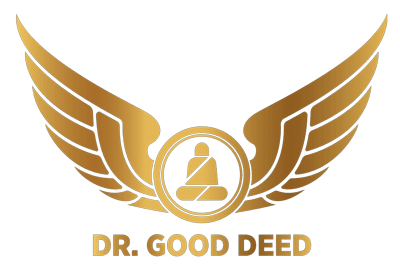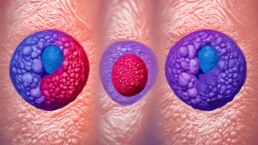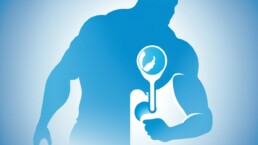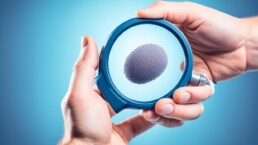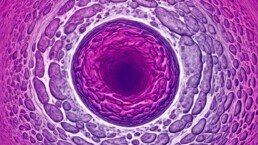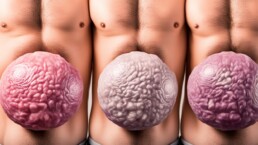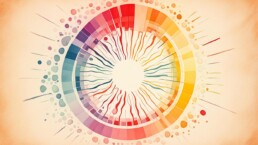Overview: Why You Shouldn’t Ignore Chronic Right Testicular Pain
Testicular pain is uncomfortable, distressing, and—when it doesn’t go away—worth your immediate attention. While it’s common to feel occasional discomfort, chronic right testicular pain that persists for weeks or even months could be a sign of an underlying medical condition.
Whether it’s a dull ache, a sharp stabbing pain, or a persistent pressure in the right testicle, seeking medical help is crucial. In this blog, Dr. Chandril Chugh—an experienced neurologist with global clinical exposure—explains the causes, red flags, diagnosis, and available treatments for chronic testicular pain.
What is Chronic Testicular Pain?
Testicular pain is categorized into two types:
- Acute Pain: Sudden, sharp, and often related to injury or infection.
- Chronic Pain: Pain that lasts longer than three months and affects daily life.
The right testicle may be more prone to pain due to anatomical reasons or other underlying issues like trauma, infections, or nerve involvement. Chronic pain in this region may start mild but often worsens over time if not treated.
What Causes Chronic Right Testicular Pain?
Pain in the testicle can arise from several local or systemic problems. Below are the most common causes:
1. Epididymitis
Inflammation of the epididymis, a small coiled tube at the back of the testicle. It can cause swelling, redness, and persistent discomfort.
2. Orchitis
An infection of one or both testicles, often due to viruses like mumps. It causes pain, tenderness, and can affect fertility.
3. Testicular Torsion
This is a medical emergency. The testicle twists around the spermatic cord, cutting off blood supply. It usually causes sudden and intense pain and requires immediate surgery.
4. Varicocele or Hydrocele
Swollen veins or fluid accumulation around the testicle can lead to chronic throbbing pain.
5. Referred Pain from Other Organs
Kidney stones, hernias, or prostate issues can cause pain that is felt in the testicles.
6. Idiopathic Orchialgia
In 25-50% of chronic cases, no specific cause can be identified. This is known as idiopathic orchialgia.
When Is Testicular Pain a Red Flag?
You should see a doctor immediately if you experience:
- Sudden and intense testicular pain
- Swelling or redness in the scrotum
- Pain that persists beyond one hour
- Nausea or vomiting with testicular discomfort
- Abdominal pain or urinary issues
These signs could indicate testicular torsion, infection, or a tumor, and delaying care may result in long-term complications.
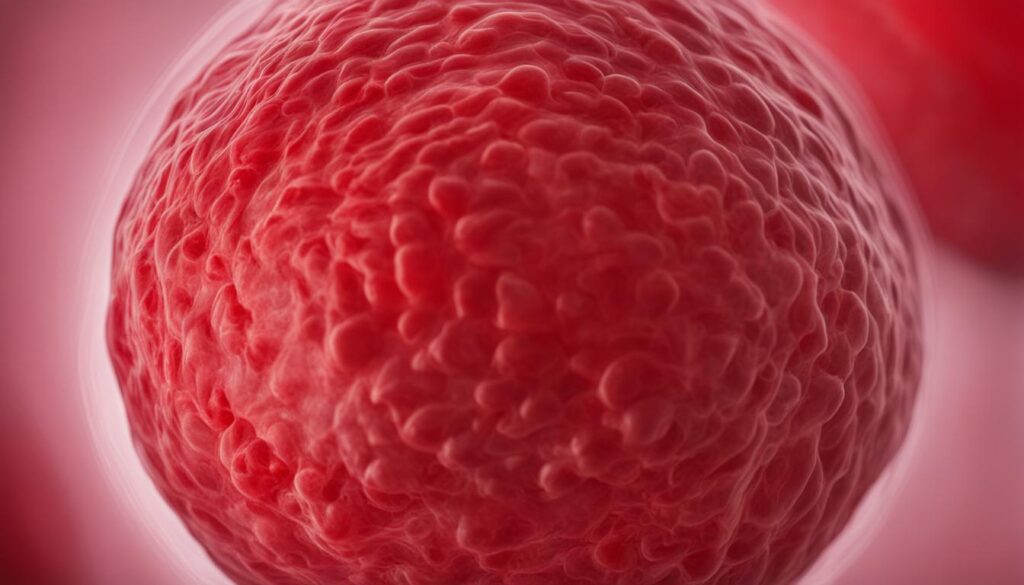
Risk Factors for Chronic Testicular Pain
Certain factors can make you more likely to develop persistent testicular pain:
- Contact sports (football, martial arts, cycling)
- Prior scrotal surgery
- Chronic pelvic or nerve pain
- Repeated urinary tract infections
- Sedentary lifestyle or prolonged sitting
- Diabetes (can lead to nerve damage)
Diagnosis: How Doctors Evaluate Chronic Testicular Pain
Dr. Chandril Chugh and his team follow a thorough, step-by-step diagnosis:
1. Medical History Review
- Previous surgeries
- Onset and duration of pain
- Any history of infections or trauma
2. Physical Examination
- Palpating the testicle for swelling, tenderness, or lumps
- Assessing abdominal or groin tenderness
3. Imaging Tests
- Scrotal ultrasound: To detect torsion, tumors, fluid, or inflammation
- MRI (if needed): For nerve-related or unexplained pain
4. Blood & Urine Tests
To rule out infections or other systemic causes
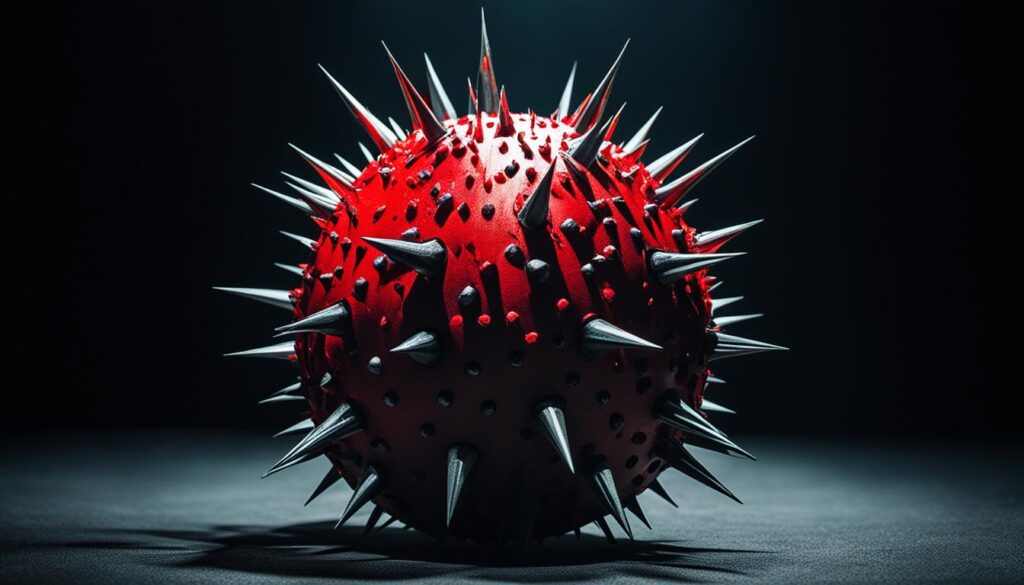
Treatment Options for Chronic Right Testicular Pain
The treatment depends on the underlying cause. Your doctor will guide the plan, starting from the least invasive options.
1. Conservative Therapies
- Pain relief medications (ibuprofen or acetaminophen)
- Supportive underwear to minimize testicle movement
- Heat or ice packs to reduce inflammation
- Physical therapy if related to nerve or back strain
- Stress management (since anxiety can worsen pain perception)
2. Medical Therapies
- Antibiotics for bacterial infections like epididymitis
- Nerve pain medications like gabapentin in some cases
3. Surgical Options
If conservative treatments fail or if there’s a structural problem:
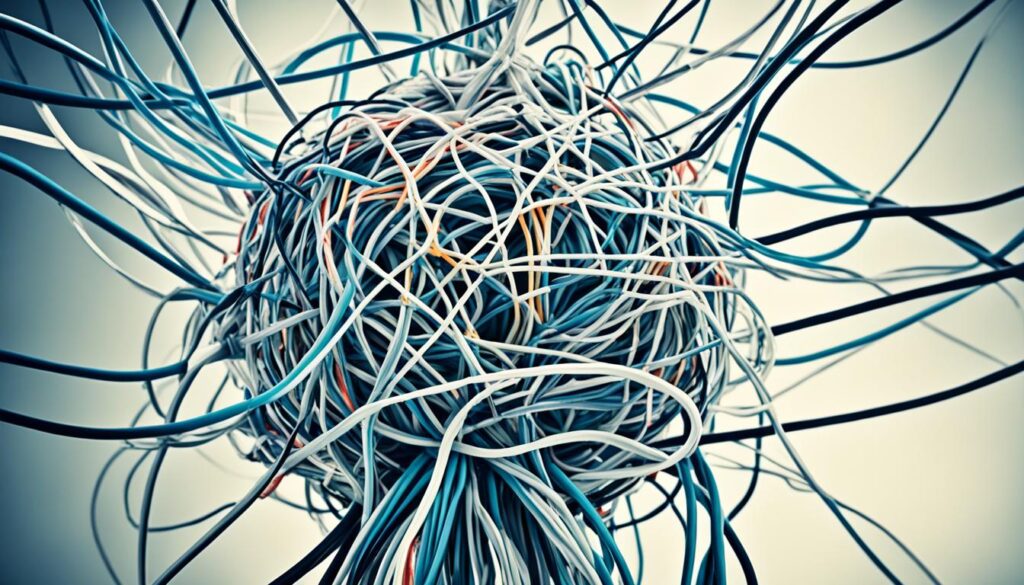
- Microsurgical Denervation of the Spermatic Cord (MDSC)
A precise surgery that cuts the tiny nerves causing chronic pain. - Varicocelectomy
Surgery to remove enlarged veins causing discomfort. - Epididymectomy
Surgical removal of the epididymis in severe inflammation cases. - Spermatic Cord Block or Botox Injections
For diagnostic or short-term relief. - Orchiectomy (last resort)
Removal of the testicle—only considered when other options fail.
The Psychological Link to Chronic Testicular Pain
Studies show that chronic pain syndromes, including orchialgia, often have a psychological component. Patients with:
- Depression
- Anxiety
- Chronic fatigue syndrome
- Previous trauma
…may perceive pain more intensely. Incorporating Cognitive Behavioral Therapy (CBT) or psychological counseling can significantly improve pain outcomes when combined with physical treatments.
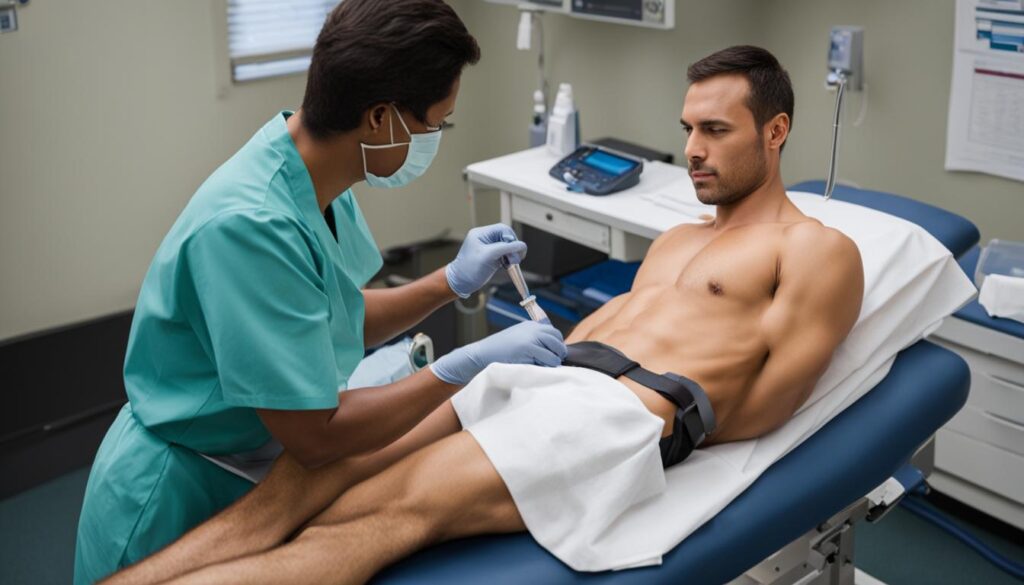
When to See a Specialist
If you’ve had testicular pain for over 3 months or symptoms keep returning, it’s time to see a specialist. Dr. Chandril Chugh recommends early consultation to:
- Rule out serious causes like torsion or tumors
- Prevent fertility issues
- Avoid surgical complications
- Tailor a treatment plan suited to your needs
Frequently Asked Questions (FAQ)
Q: Why does my right testicle hurt but not the left?
A: The cause may be related to trauma, infection, or anatomical differences. It’s best diagnosed through imaging and medical history.
Q: Can kidney stones cause pain in the testicles?
A: Yes, especially the right testicle if the stone is in the right ureter. This is known as referred pain.
Q: Is chronic testicular pain curable?
A: In most cases, yes. With the right diagnosis and treatment plan, patients often experience full or significant relief.
Q: What is a red flag for testicular pain?
A: Sudden severe pain, swelling, nausea, or testicle discoloration are all urgent red flags. See a doctor immediately.
Q: How did others cure chronic epididymitis?
A: Through antibiotics, scrotal support, pelvic rest, and sometimes minor surgical intervention. Each case varies.
Final Thoughts: Don’t Suffer in Silence
Chronic right testicular pain isn’t just uncomfortable—it can affect your mental health, productivity, and quality of life. Dr. Chandril Chugh urges men to take the first step toward recovery by seeking a thorough medical evaluation. With proper care and a personalized treatment plan, most patients can regain comfort and confidence.
If you’re struggling with persistent testicular pain, consult with a trusted urologist or pain specialist today.

This article is medically reviewed by Dr. Chandril Chugh, Board-Certified Neurologist, providing expert insights and reliable health information.
Dr. Chandril Chugh is a U.S.-trained neurologist with over a decade of experience. Known for his compassionate care, he specializes in treating neurological conditions such as migraines, epilepsy, and Parkinson’s disease. Dr. Chugh is highly regarded for his patient-centered approach and dedication to providing personalized care.
